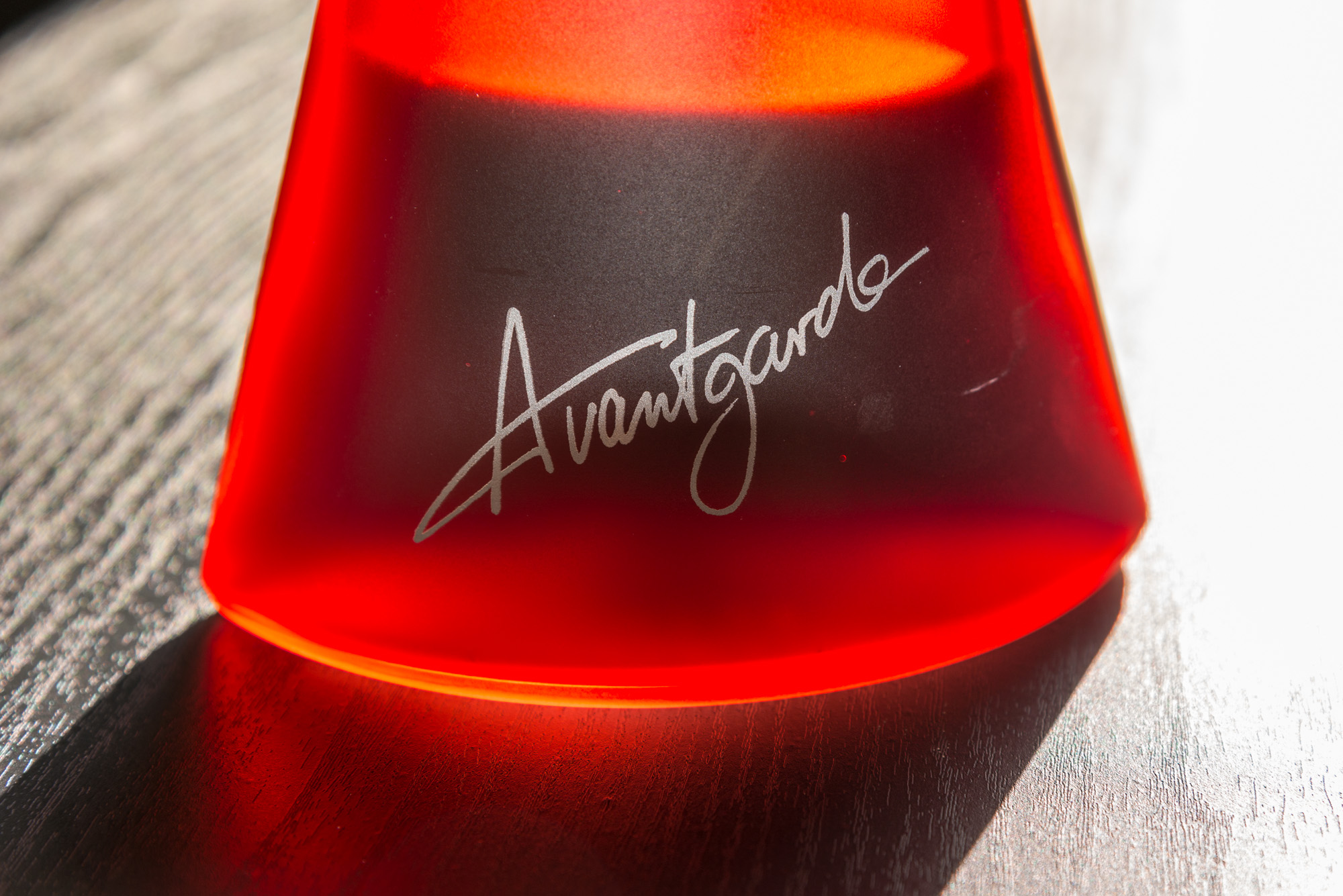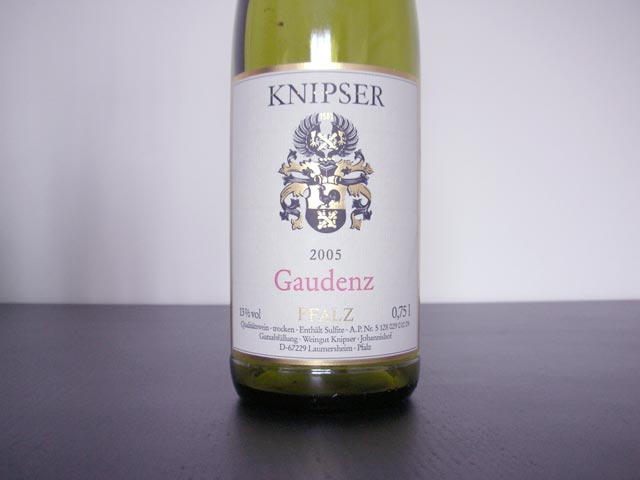Moselland, Dornfelder "Avantgarde", 2010
There is no German wine that pairs with chocolate - this is what I have been told at a recent event on matching German wine with food. Whether you agree with this statement depends on what type of wine you would pair with chocolate of course. If you are amongst those who believe that sweeter red wines might work, well, then that statement is wrong. After all not only is about 40% of all wine made in Germany red, some of these do come in sweeter style too.

"Avantgarde", a semi-sweet Mosel red wine in an, er, avantgardistically shaped bottle is one of them. It is also a wine I have been scared of for a long time.




